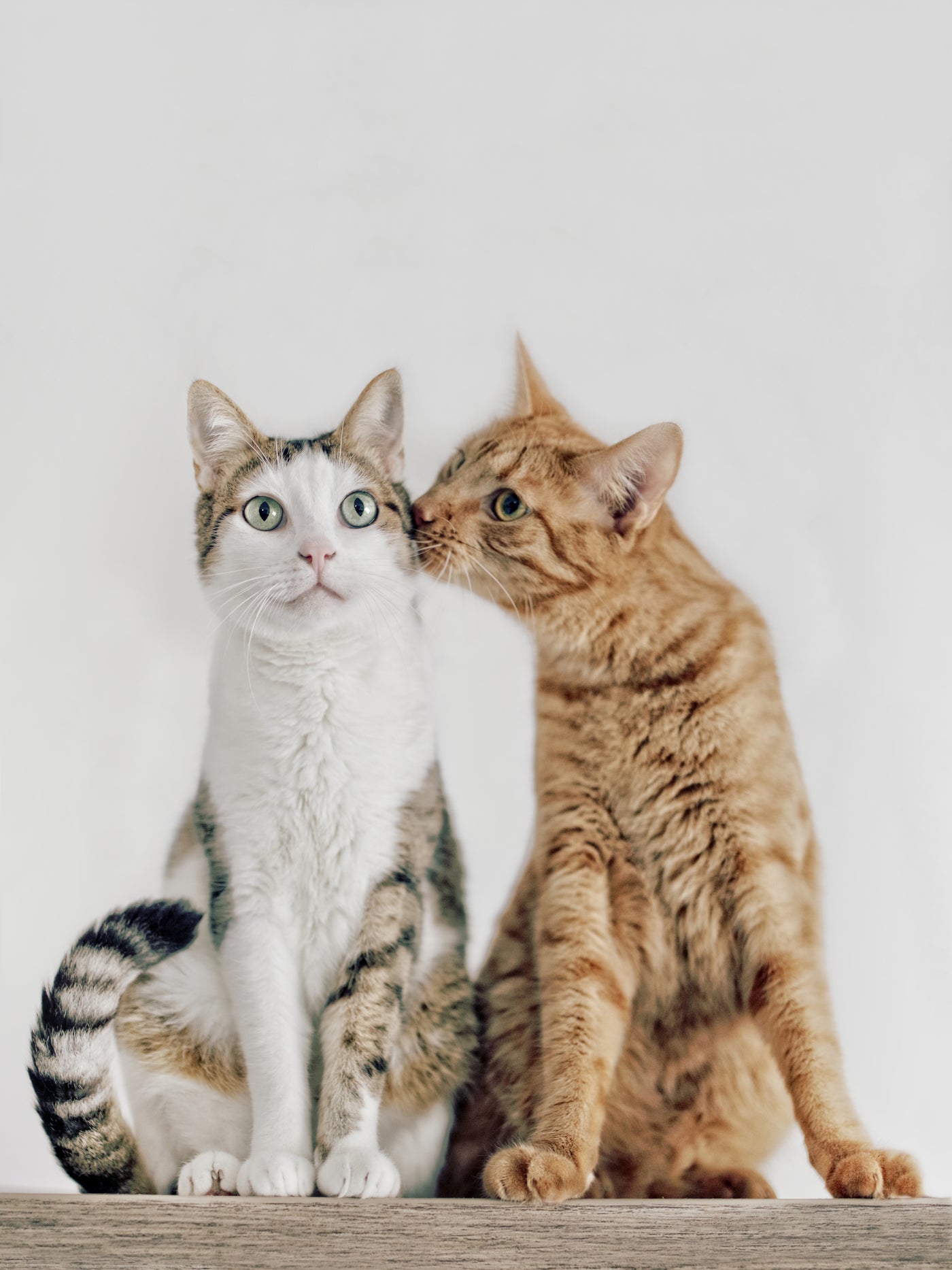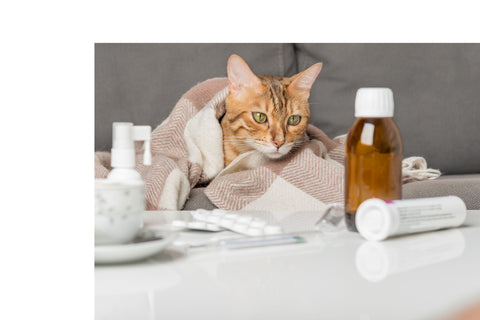
You’ve purchased a Basepaws Cat DNA Test, performed an oral swab to collect your kitty's DNA, and then shipped it back to us. Exciting stuff! But wait, what happens next? In this post, we'll take a look behind the scenes at Basepaws and discuss our process to unlock some of the mysteries of your kitty's DNA!
Background information
To gain deep insight into your cat's breed profile and health, we look at their DNA. DNA, or deoxyribonucleic acid, is a complex organic molecule which consists of two polynucleotide chains. Polynucleotide chains consist of nucleotides – monomers built from three components: nitrogen-containing nucleobases (A, G, C, T), deoxyribose (sugar) and a phosphate group.
The order of these nucleotides in the DNA determines the coding information for the synthesis of every gene product in the body. To analyze it, in the first step we have to extract it from the cell. Subsequently, we process it and sequence to decode the information written within it. This allows us to decipher your cat’s uniqueness.
How do we process your cat's DNA?
1. DNA extraction
DNA is a very long molecule. In order to fit inside the cell, it has to be packed very tightly with the help of proteins. For this reason, the extraction and isolation of the DNA molecule from the cell is a challenging job. Most commonly, cells used for DNA extraction in cats are cheek cells, hair follicle cells or blood. Here at Basepaws, we extract the DNA from your cat’s cheek cells with our own proprietary DNA extraction methods.
2. Preparing DNA for sequencing
Once extracted, we have to prepare your cat's DNA for sequencing. In the first step, we "cut" the DNA into fragments of optimal sizes. We then attach unique molecular tags to all the fragments within each sample. This allows us to ensure that we can identify each sample, and it excludes the possibility of sample swapping. In the next step, we amplify these fragments many times (with a polymerase chain reaction - PCR), to ensure that there is enough DNA for sequencing. And finally, your cat's sample is ready to be sequenced!
3. DNA sequencing
As mentioned above, the DNA molecule consists of two polynucleotide chains. To determine the precise order of these nucleotides in the DNA molecule, we have to sequence it. Different methods or technologies can be used for this.
The most basic methods for DNA sequencing are Maxam-Gilbert and Sanger. More advanced and faster methods are also available. These are New Generation Sequencing (NGS) and Third Generation Sequencing.
To sequence your cat’s DNA, Basepaws employs the Illumina DNA sequencing platforms – the most broadly used NGS DNA sequencers across labs today. This NGS method is based on reversible dye-terminators that enable the identification of single bases as they are introduced into DNA strands. Illumina platforms sequence a wide range of fragments, ideally around 300-350 bp.
4. Sequence analysis and interpretation
When we sequence your cat's DNA, we align the decoded sequencing fragments to the publicly available cat reference genome and also compare them to cat genomes in our own database. We have to match each sequenced fragment to the corresponding region on the reference genome.
When we match these fragments to the reference, we can notice if the sequence is the same or if there are differences in the nucleotide order. If we find differences, we can mark that on a specific position. Each cat has a certain set of genetic variants (i.e., a G instead of a C at a particular place in the genome) that differentiate it from other cats. Discovering these variants is how we build your cat’s genotype.
These genetic variants are what tells us about the genetic traits of the cat, its potential for developing genetically inheritable diseases, and its breed profile. Based on the comparison between your cat’s DNA, the cat reference genome, and the cat genomes in our database, we produce your cat's report of results.

Both purebred cats and mixed-breed cats are included in our database to increase the accuracy of our methodology. We work with purebred breeders to obtain samples from modern-day purebred cats (we currently test for 21 purebred breeds). Unlike dog or human ancestry tests, Basepaws cannot assume that your cat was descended from a mixture of any purebred lines (aka ancestry). Instead, we find parts of your cat's genome that are similar to the genomes of the modern-day purebred cats in our reference panel.
We hope that this blog has given you a clearer picture of what we do here in the Basepaws lab. If you have more questions about our work or your Basepaws digital report, please don't hesitate to email us at meow@basepaws.com.



